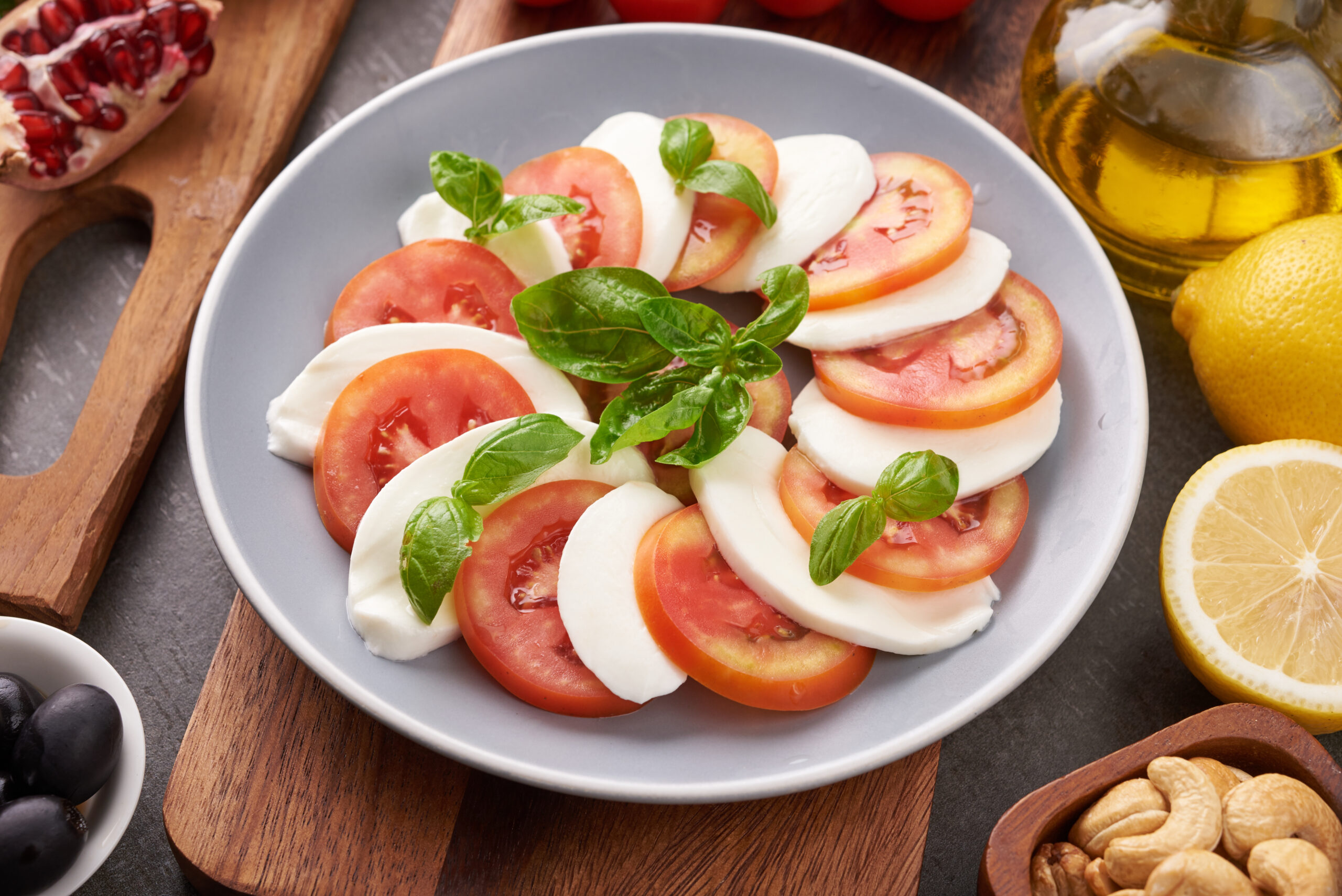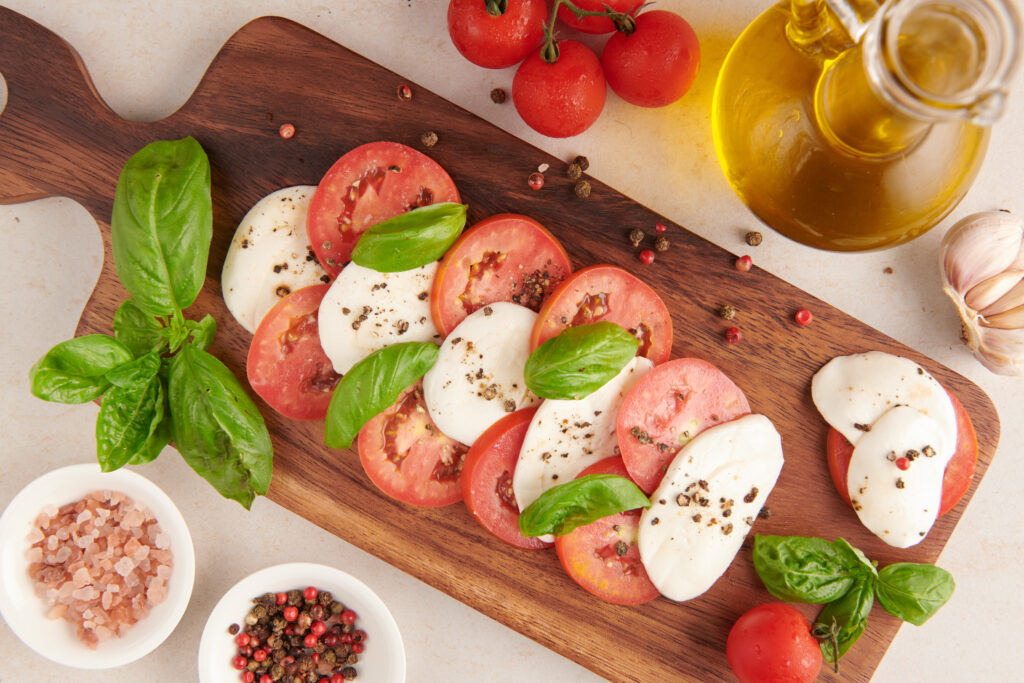- LIFE
Simple Tips on How to Avoid Mosquitoes Naturally


Caprese salad is a timeless Italian dish that perfectly balances simplicity and flavor. With its fresh ingredients and vibrant presentation, it’s a favorite among home cooks and professional chefs alike. Whether you’re preparing it as a refreshing appetizer or a light meal, understanding the nuances of its preparation, storage, and even reheating can elevate your culinary skills. This article will guide you through a classic caprese salad recipe, offer variations, and provide essential tips on storage and reheating to help maintain its deliciousness.
The caprese salad is known for its harmonious blend of flavors. The sweetness of ripe tomatoes, the creaminess of fresh mozzarella, the aromatic basil, and the tang of balsamic glaze or vinegar come together to create a dish that is both refreshing and satisfying. Each ingredient plays a crucial role, and the quality of these components significantly impacts the overall taste.
To prepare a caprese salad, you don’t need much in terms of equipment, but having the right tools can make the process more efficient and enjoyable.

The classic caprese salad is straightforward yet delightful. Here’s how you can make it at home:
While the traditional caprese salad is a classic, there are several variations that you can try to suit different tastes and occasions.
Grill the tomato and mozzarella slices for a smoky flavor. Assemble as usual and add a sprinkle of smoked sea salt.
Thread cherry tomatoes, mozzarella balls, and basil leaves onto skewers. Drizzle with olive oil and balsamic glaze for a portable appetizer.
Mix cooked pasta with cherry tomatoes, mozzarella balls, and chopped basil. Toss with olive oil and balsamic vinegar for a hearty twist.
Add slices of ripe avocado to the classic recipe for extra creaminess and a modern touch.
Substitute peaches for tomatoes for a sweet and summery variation. Pair with mozzarella and basil as usual.
Caprese salad is best enjoyed fresh, but if you need to store it, follow these tips:
Freezing caprese salad is generally not recommended due to the high water content in tomatoes and mozzarella, which can affect texture upon thawing. However, you can freeze individual components for later use:
While caprese salad is typically served fresh, if you have leftovers, consider these reheating tips:
Balsamic glaze and vinegar add a tangy depth to caprese salad. The glaze is thicker and sweeter, providing a concentrated flavor, while vinegar offers a lighter, more acidic taste. Choose based on your preference or the specific variation you are preparing.
Even a simple dish like caprese salad can have pitfalls. Here are common mistakes and how to fix them:
If you find yourself missing an ingredient, here are some substitutions:
Caprese salad pairs well with a variety of dishes. Consider these options:
Caprese salad is not only delicious but also nutritious. It’s a great source of protein from mozzarella, vitamins from tomatoes and basil, and healthy fats from olive oil. A typical serving is low in calories, making it an excellent choice for a light meal or appetizer.